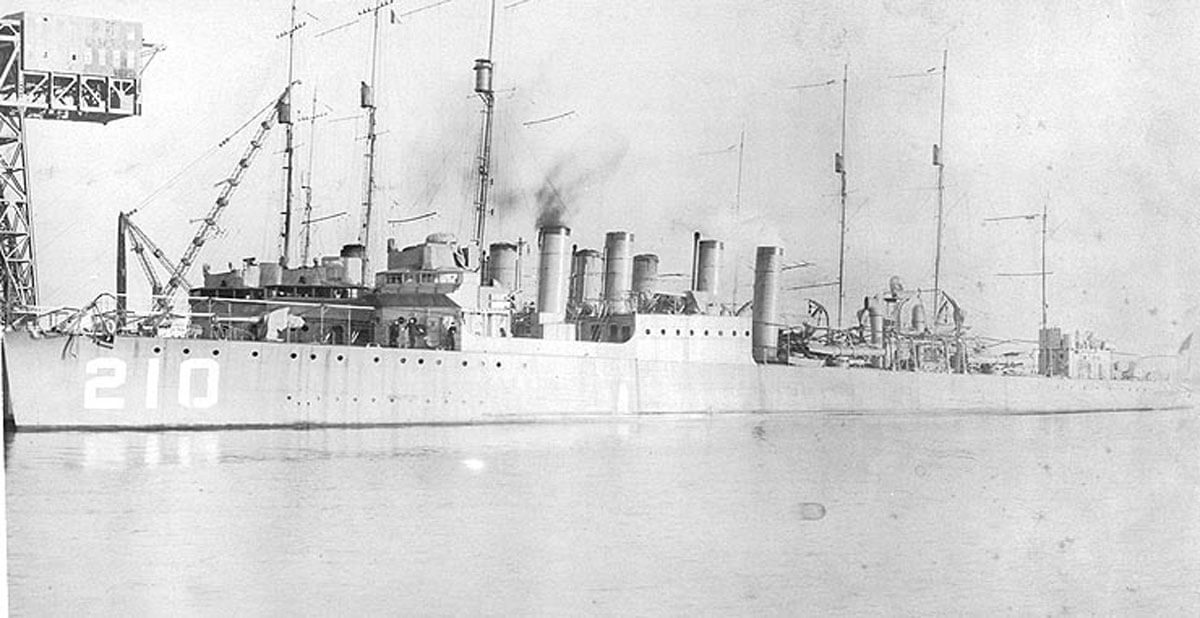Asbestos Exposure on the USS Broome

Hull Number: DD-210
Type: Destroyer
Class: Clemson
Built: Philadelphia, PA
William Cramp and Sons constructed this Clemson-class Destroyer at their Philadelphia, PA shipyard following the end of World War I. It measured over 314 feet in length, and carried a complement of 122 officers and enlisted. Commissioned by the U.S. Navy in October of 1919, the ship’s earliest missions were in Europe, including English, French, Baltic, and Mediterranean waters.
It spent a brief period in the Pacific before being decommissioned, but was returned to service in February of 1930. It was assigned to the Pacific from this point forward until the start of World War II in 1939, when it was returned to the Atlantic for the duration of the war. It was decommissioned in May of 1946.
Navy veterans who served aboard the USS Broome are likely to have been exposed to asbestos during the course of their regular duty. Until the mid-1970’s, asbestos was found in a great deal of equipment on most Navy ships, in such items as boilers, turbines, valves, pumps, and electrical components.
Materials including gaskets and packing were also often made entirely from asbestos. An especially high concentration of this asbestos equipment was found in the confined and poorly ventilated boiler and engine spaces, putting those stationed in regular contact with asbestos.
The companies who provided the Navy with this asbestos equipment often knew that asbestos could lead to mesothelioma and other diseases, but did nothing to warn those serving on board the USS Ballard or its contemporaries.
Victims who have been diagnosed with mesothelioma have a right to seek compensation. Settlements can offset or cover the often overwhelming costs of medical care, and may provide additional sums for pain and suffering. It is important to seek legal counsel soon after a mesothelioma diagnosis is made however, as the law limits the time during which a lawsuit can be filed.
